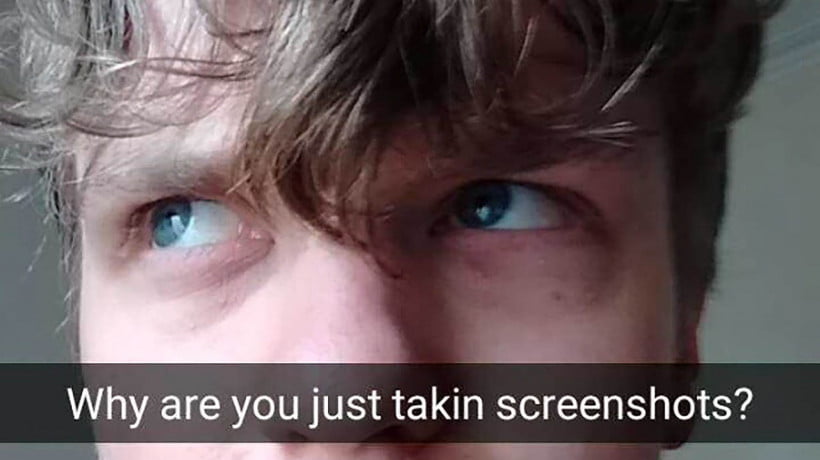John Hillman
In augmented reality, as things behave in unexpected ways, our ‘real’ reality seems more obscure, confused and hidden.
Abstract
Bio
References
PDF
Close
Augmented reality is fundamentally different from virtual reality: it does not map a real world environment into a digital one as a virtual experience. Instead, it locates both reality and virtual within the same experiential frame. Through it, our interactions with reality are mediated via the fantasy of an augmented experience. Thus, augmented reality supplements what we see with the purpose of trying to maintain our attention. What is most fascinating about augmented reality is how reality itself becomes a part of, rather than distinct from, digital information. It is in this sense that the very notion of seeing is fundamentally challenged. Since when augmented technology is not deployed, what is left is an apparent incompleteness of simply looking. But what are the consequences of confronting this incompleteness? In this article I examine how augmented reality simply renders a structure that has always sustained the visual field.
- Keywords: augmented reality, gaze, Lacan, looking
John Hillman is an educator, image-maker and writer. Based in the U.K. his interests are focused around post-photography theory – an investigation into the contemporary account of what the image is becoming, and in philosophical approaches to contemporary culture and understanding how images and media technologies shape our experience. What unifies all his interests is the exploration of how theory can enrich and offer new insights to creative practice and lived experience.This has led to thinking through the aesthetic, philosophical and technological approaches to image making. Ultimately, his written work and his practice is an interrogation of how images operate in a contemporary culture, which is currently largely structured by the digital. He is engaged in the interdisciplinary areas of photography, image and visual culture. He currently works as Course Director of the Department of Photography at Birmingham City University.
- Burgin, V., 2018. The Camera, Essence and Apparatus. London: Mack Books.
- Copjec, J., 1994. Read My Desire. London: MIT Press.
- Lacan, J., 2004 [1973]. The Four Fundamental Concepts of Psychoanalysis. London: Karnac.
- McGowan, T. & Kunkle, S. eds., 2004. Lacan and Contemporary Film. New York: Other Press.
- Richter, G., 2009. Gerhard Richter: Text, Writings, Interviews and Letters, 1961–2007. London: Thames & Hudson.
- Uricchio, W., 2011. The Algorithmic Turn: Photosynth, Augmented Reality and the Changing Implications of the Image. Visual Studies, 26(1), pp. 25–35. https://doi.org/10.1080/1472586x.2011.548486
- Žižek, S., 2017. Incontinence of the Void. London: MIT Press.
PDF format files of individual articles are priced at 6.00EUR. If you are subscribed to Membrana Online, you may purchase PDF access to all content on our site: Membrana PDF
(Online subscription is required!)
BUY PDF: John Hillman: The Incompletness of Lookings – PDF
DOWNLOAD PDF:
Historically, snapshots have always been about the everyday, the banal, the repetitive, the cliched events that are part of everyone’s lives. And by using Snapchat, almost any everyday activity can be combined with the production and distribution of an everyday image.
Abstract
Bio
References
PDF
Close
For users of the image messaging Snapchat app, expressiveness is largely mediated through in-built filters and extensive use of short pieces of text and emojis. It is also contingent upon the disappearance of the image after a set time. The certainty these images will not be retained – that they will disappear – sanctions a degree of liberty in what is sent between users. However, there is also a reciprocal level of trust, since despite the app itself having no feature to save an image, recipients can screen capture the images they receive. Users do receive notification that their image has been saved in a screen capture, and this is likely to elicit a spontaneous reaction of despair, a breach of the code of disappearing images that is implicit in Snapchat’s communication method. In this essay, I propose Snapchat portraits express not the face as image but image as perplexing, disappearing, mutating phenomena. With their filters and distortions they unsettle our notions of the index and with their built in disappearance they challenge any notion of image as a memory prosthetic. Snapchat, as a form of portraiture, is not engaged with likeness or reproducibility. Instead, it stresses duplication, disguise and disappearance as the dominant features of contemporary culture.
- Keywords: photo filters, Snapchat, Snapchat portrait
John Hillman is an educator, image-maker and writer. Based in the U.K. his interests are focused around post-photography theory – an investigation into the contemporary account of what the image is becoming. This has led to thinking through the aesthetic, philosophical and technological approaches to image making. Ultimately, his written work and his practice is an interrogation of how images operate in a contemporary culture, which is currently largely structured by the digital.
- Hand, M., 2010, The Rise and Fall of Cyberspace, or How Cyberspace Turned Inside Out. In: Hall, J. Grindstaff, L. Ming-Cheng, L., eds. Culture: A Sociological Handbook. London: Routledge. https://doi.org/10.4324/9780203891377.ch34
- Rubinstein, D., & Sluis, K., 2008. A Life More Photographic. In: Photographies, 1:1, pp. 9–28.
- Žižek, S., 2011. Living in the End of Times. London: Verso.
PDF format files of individual articles are priced at 6.00EUR. If you are subscribed to Membrana Online, you may purchase PDF access to all content on our site: Membrana PDF
(Online subscription is required!)
BUY PDF: John Hillman: Snapchat – PDF
DOWNLOAD PDF:

